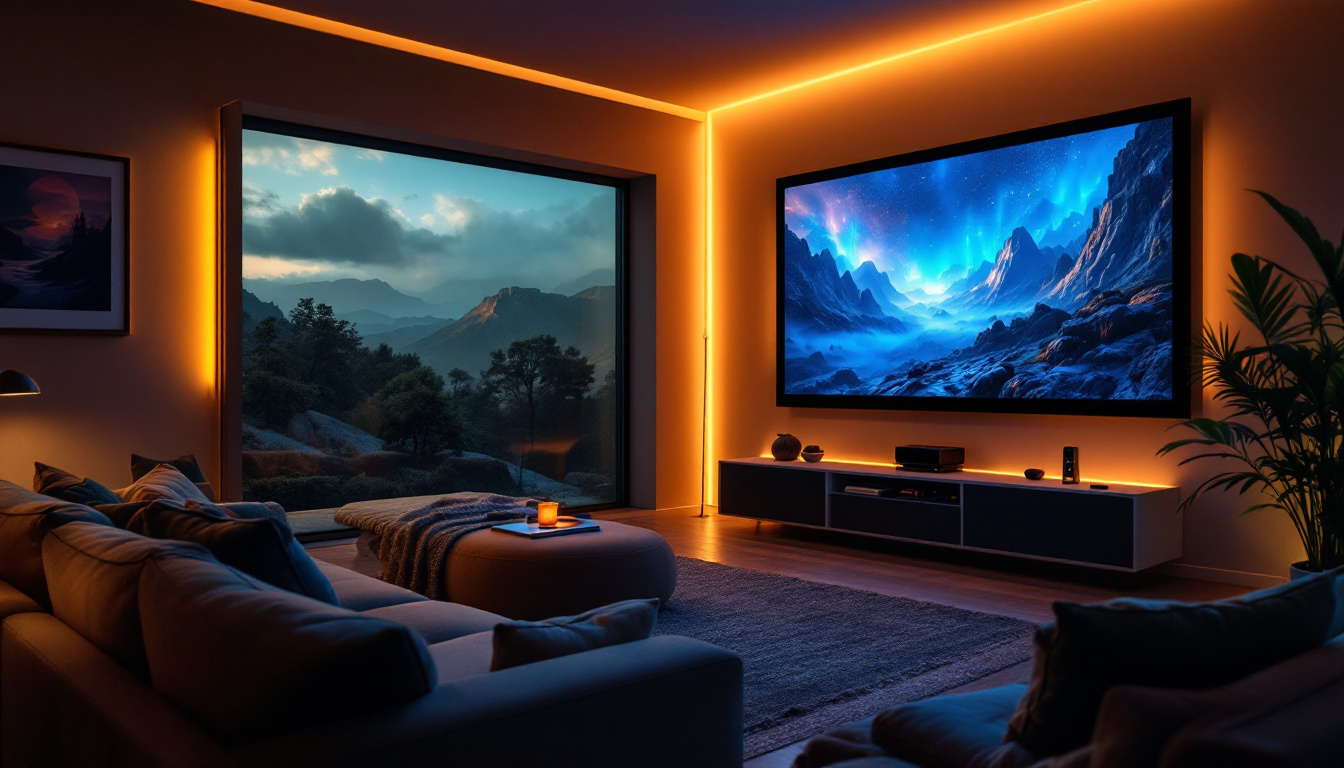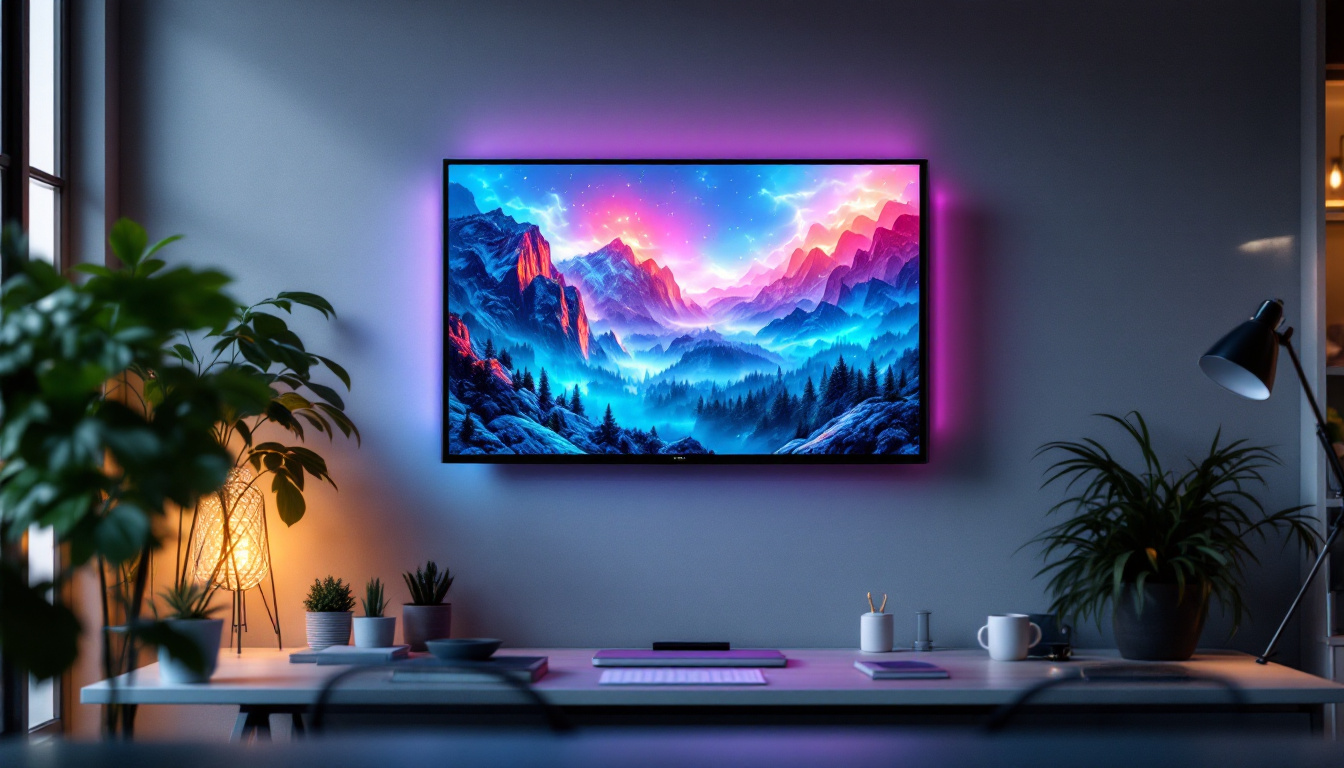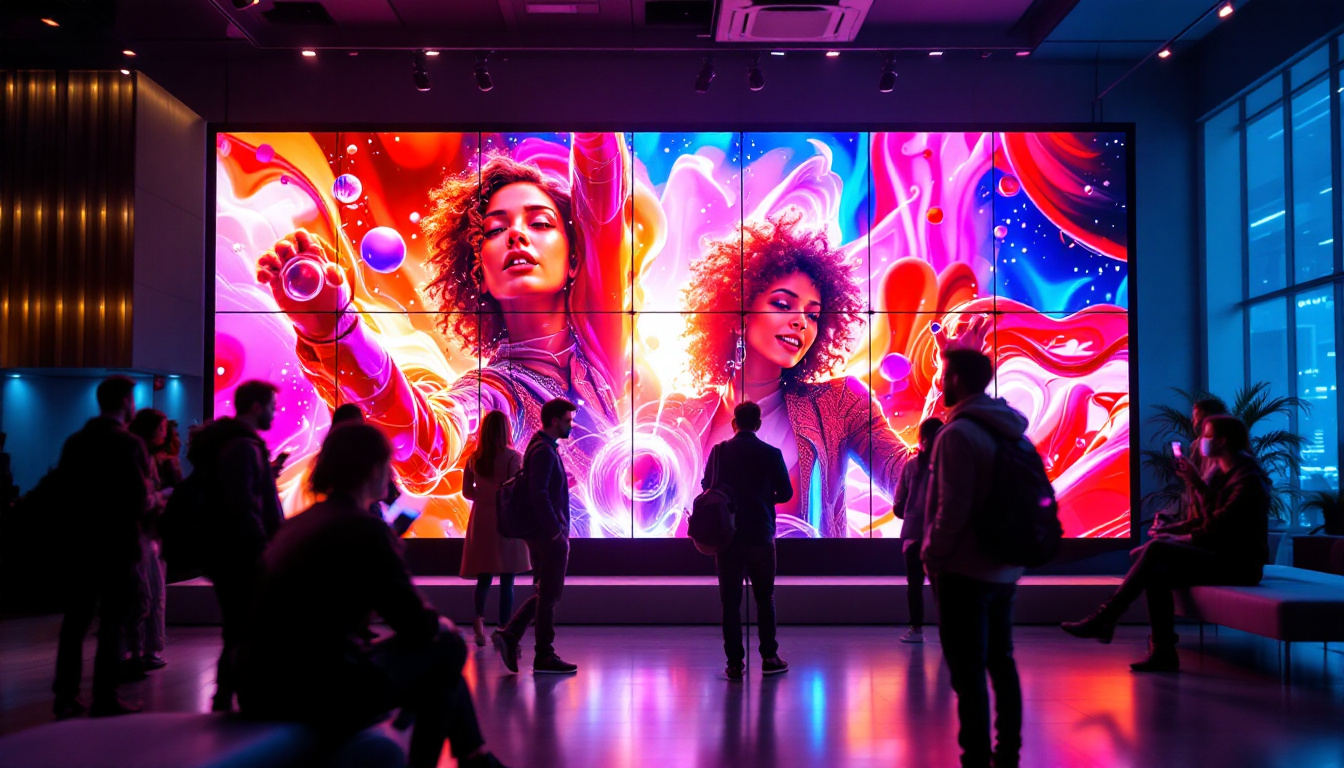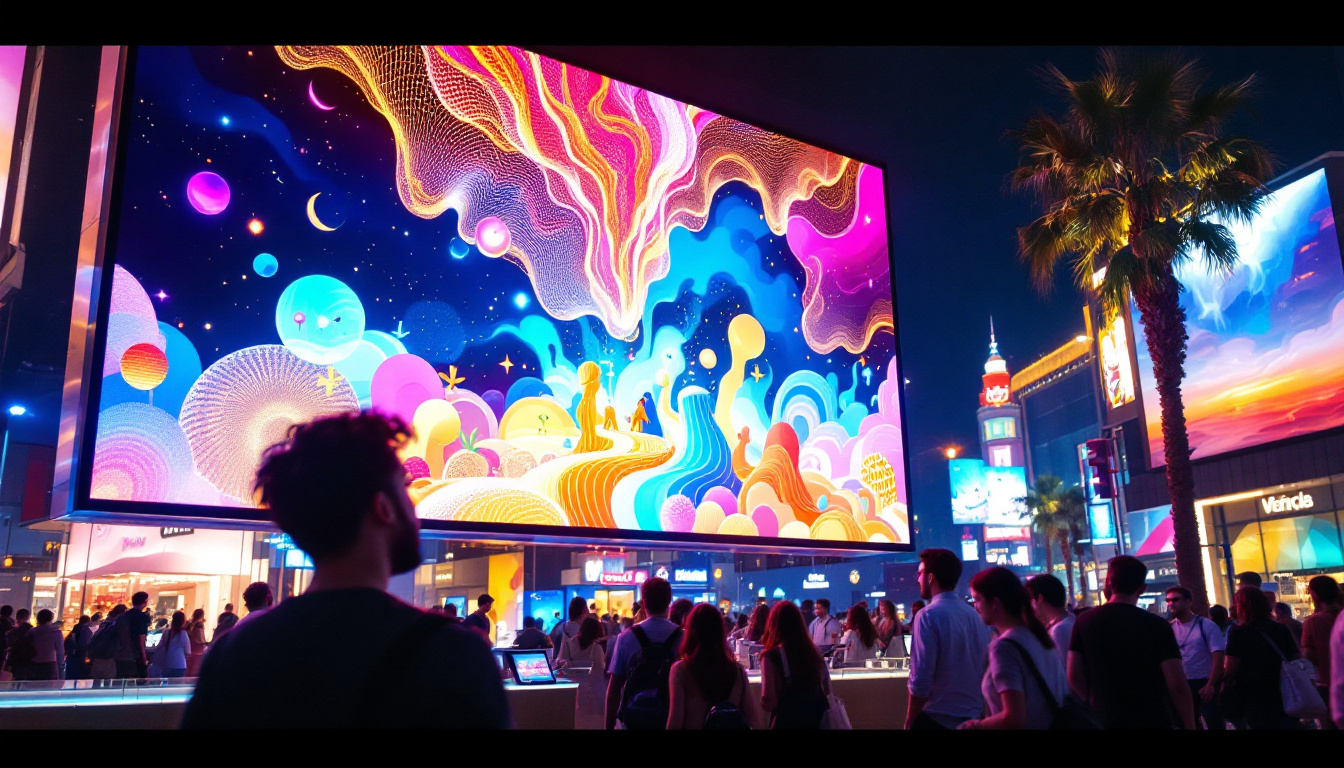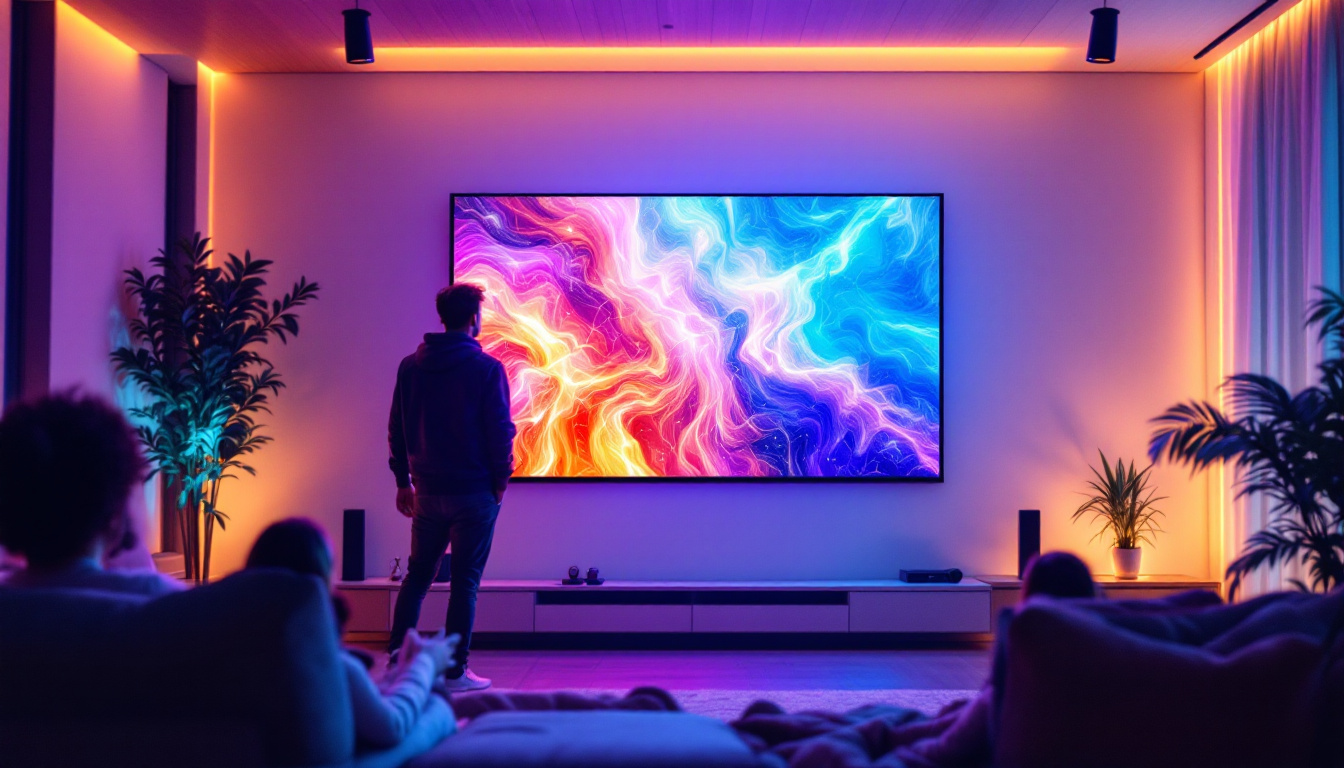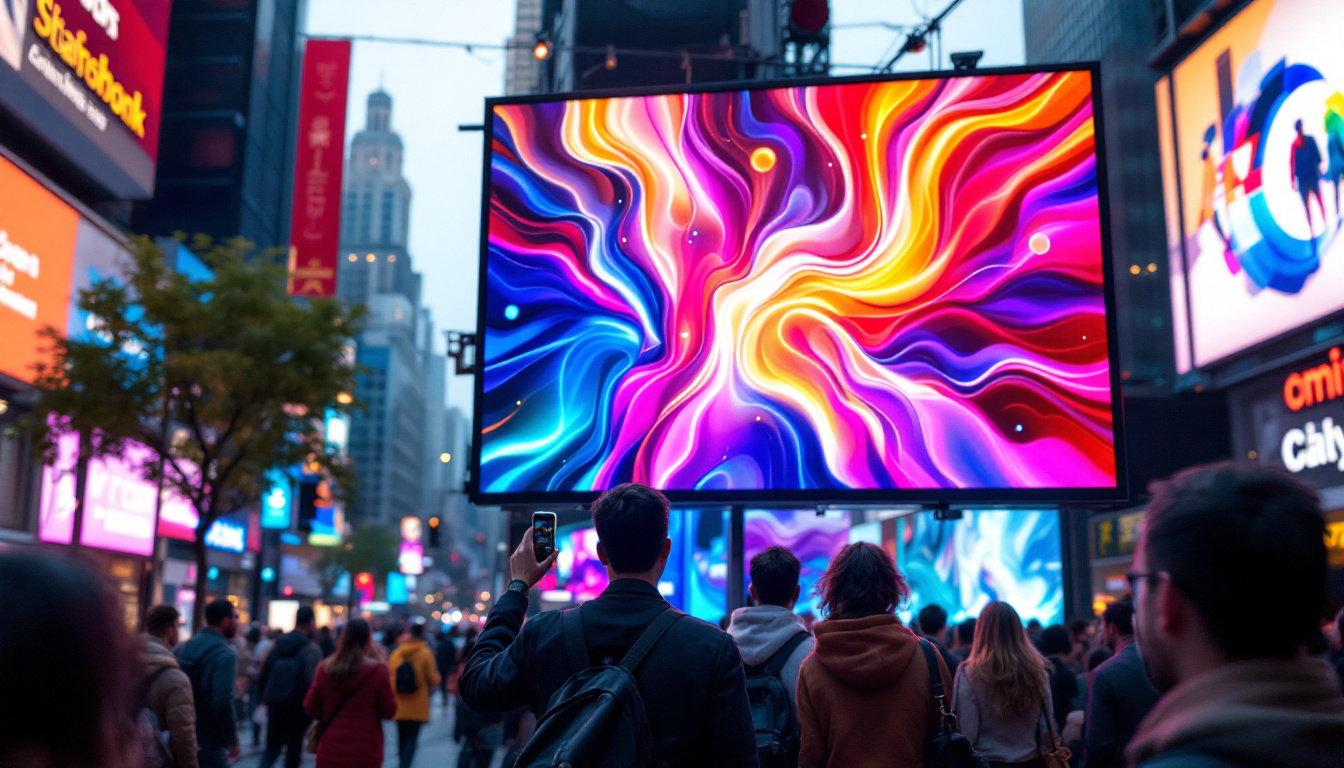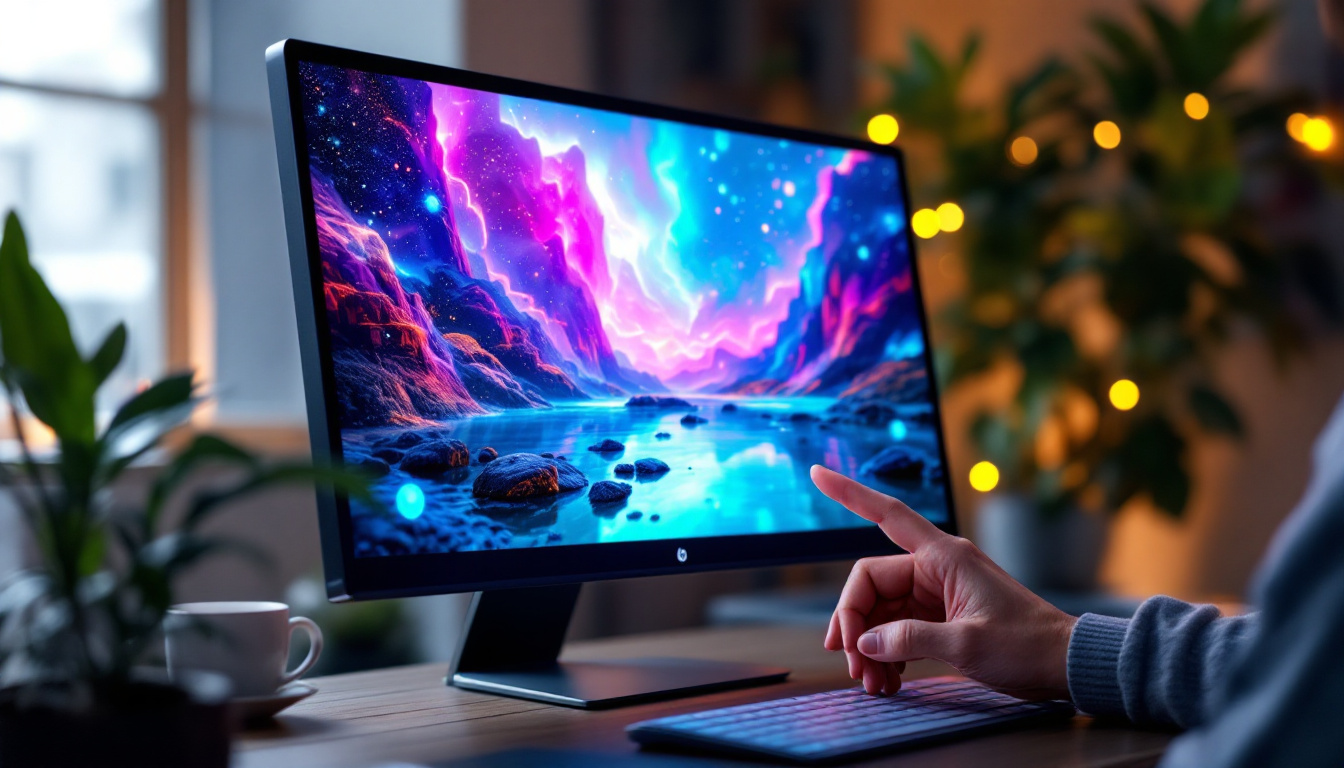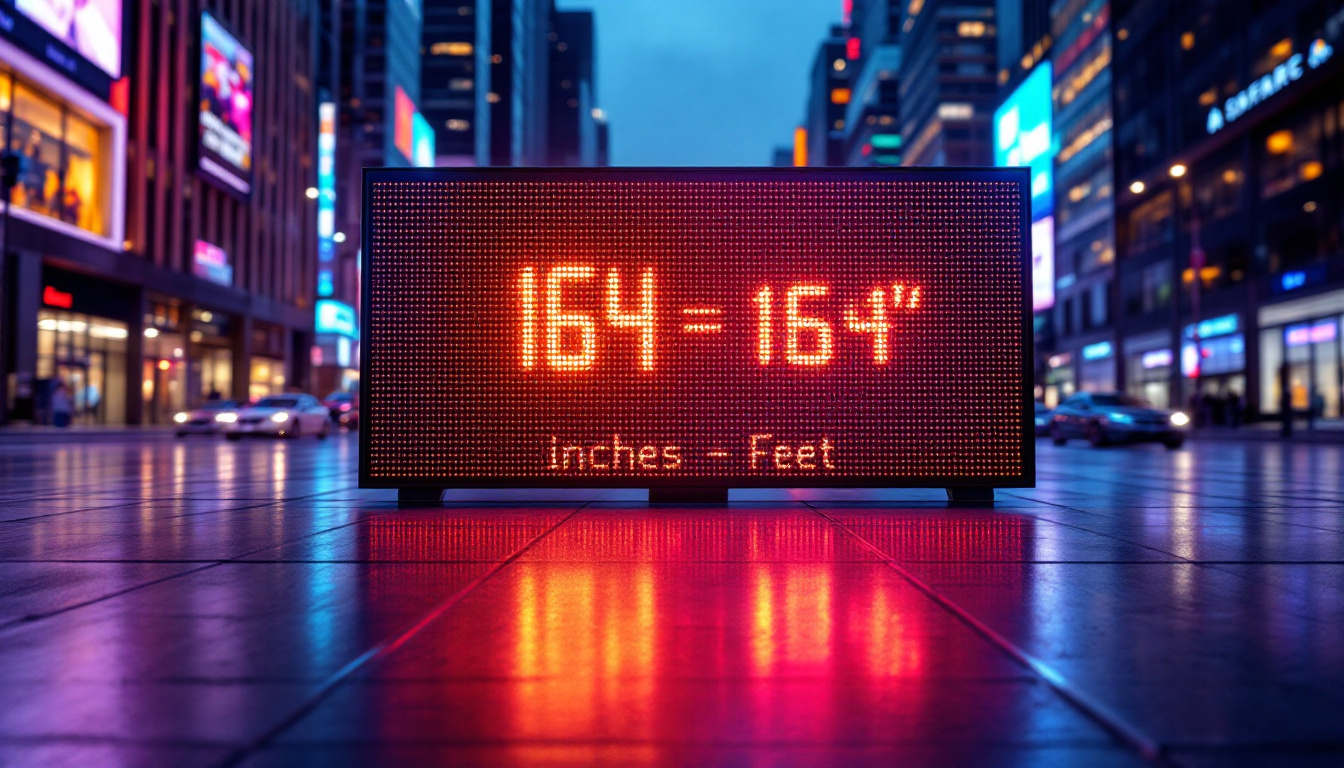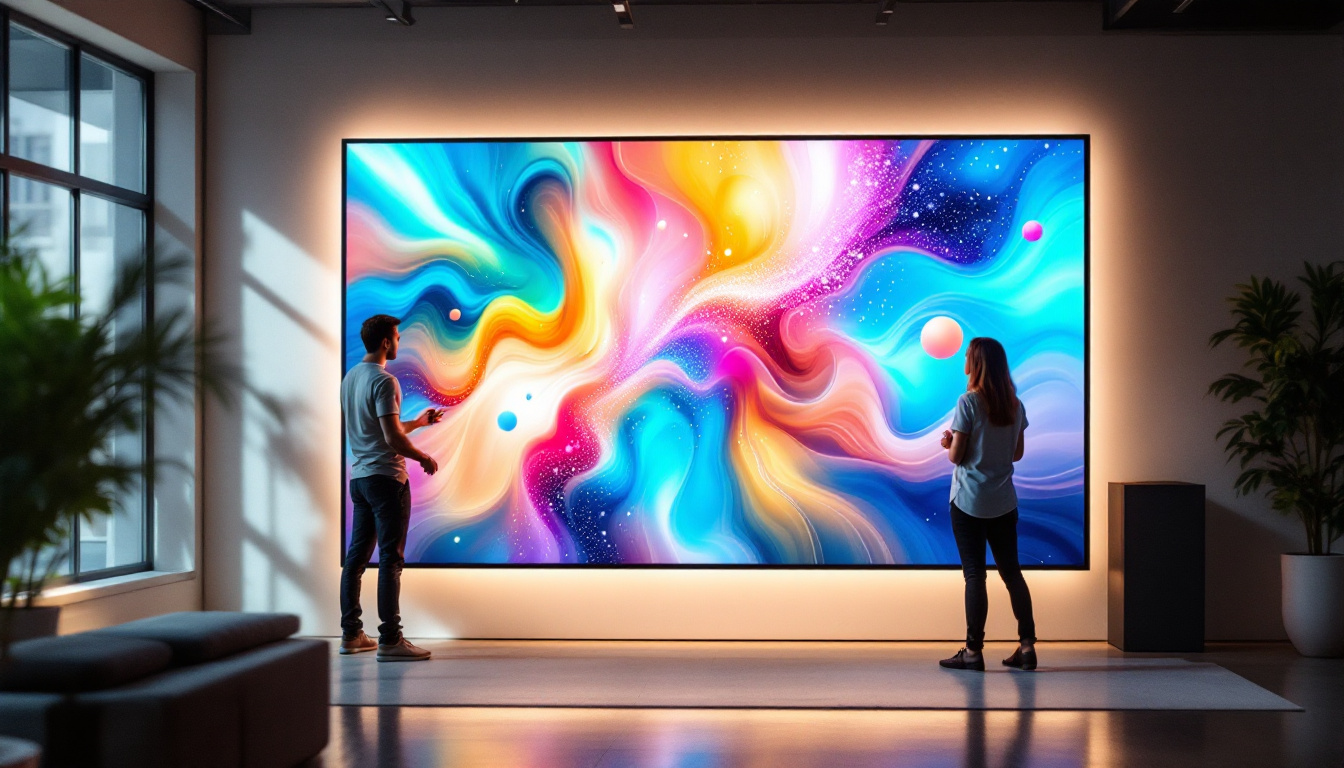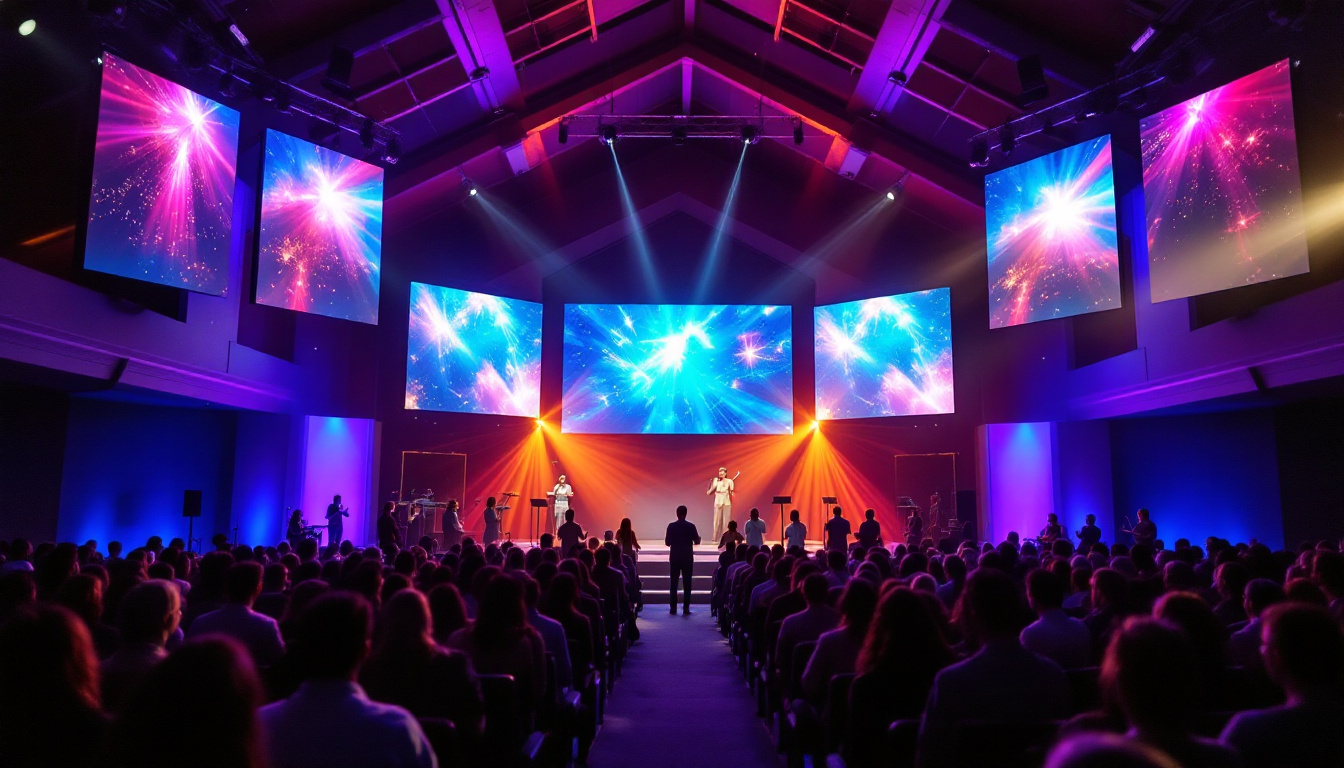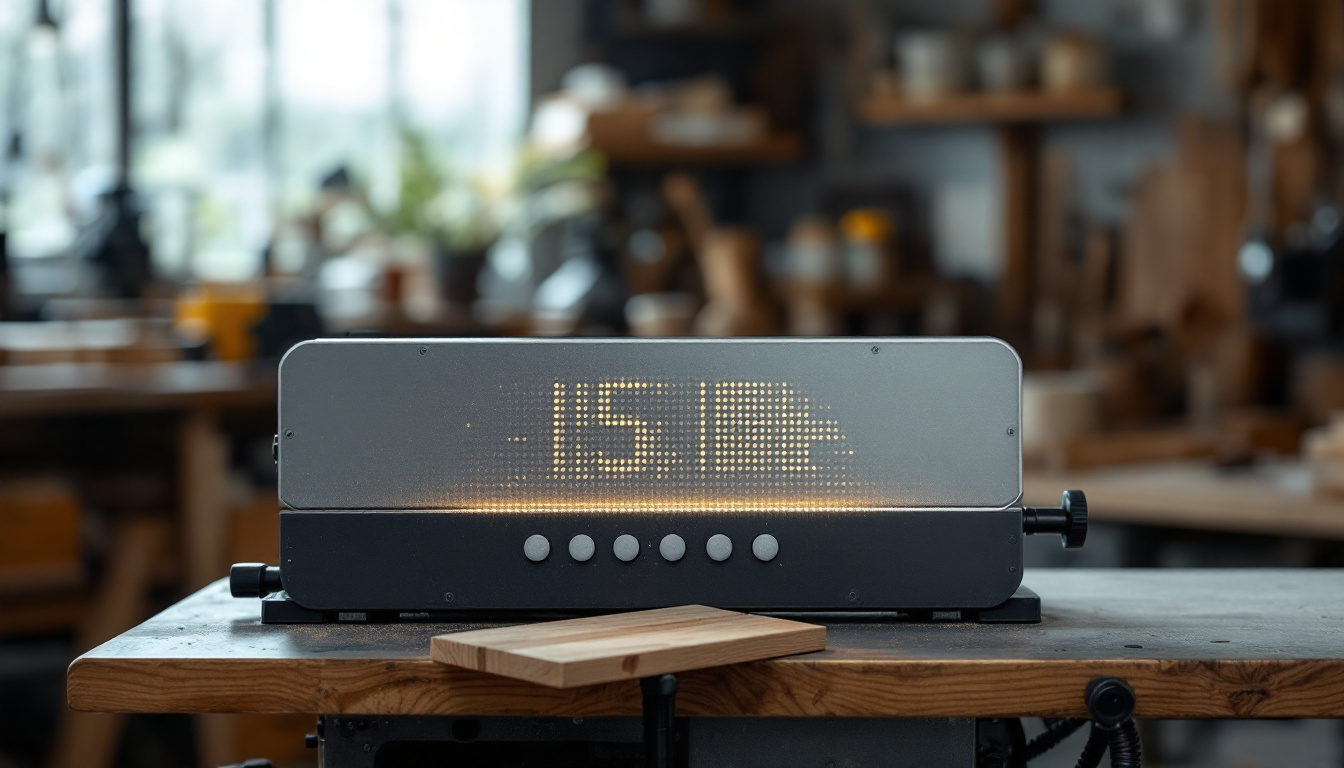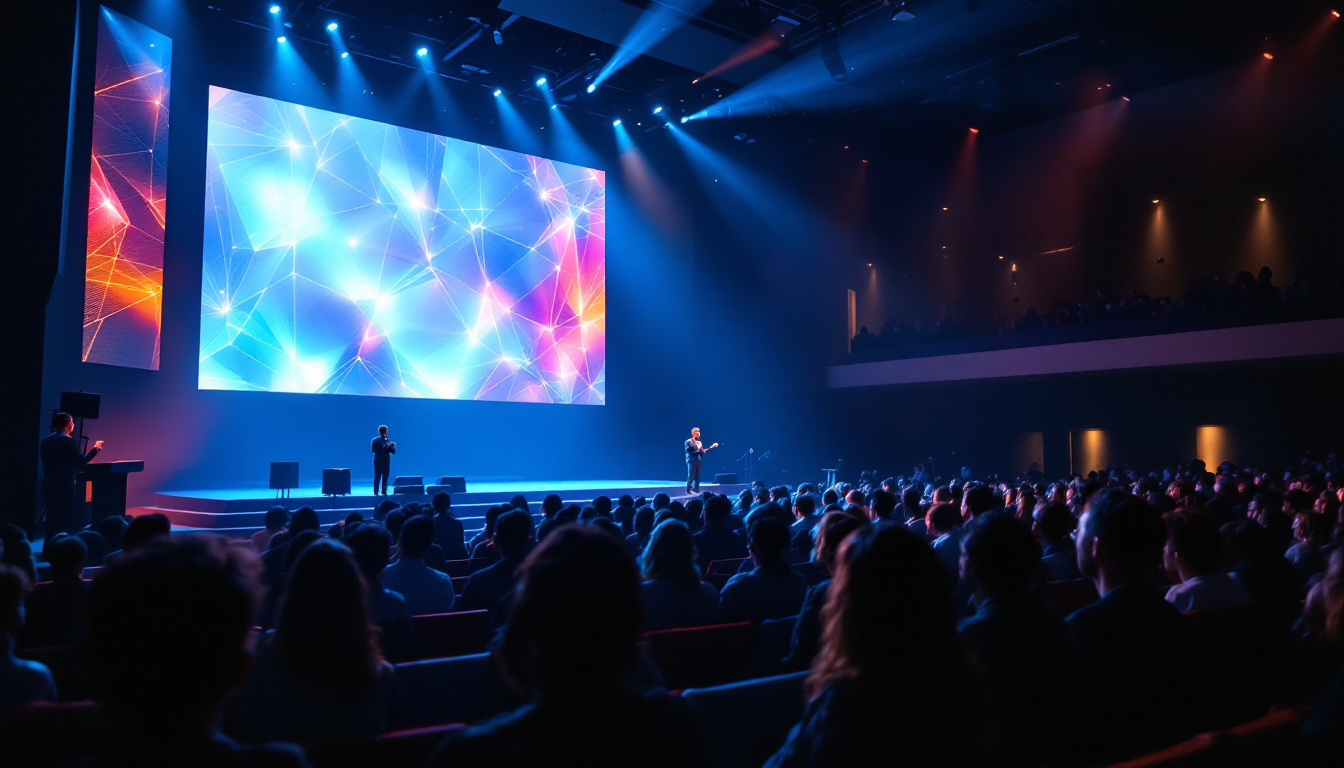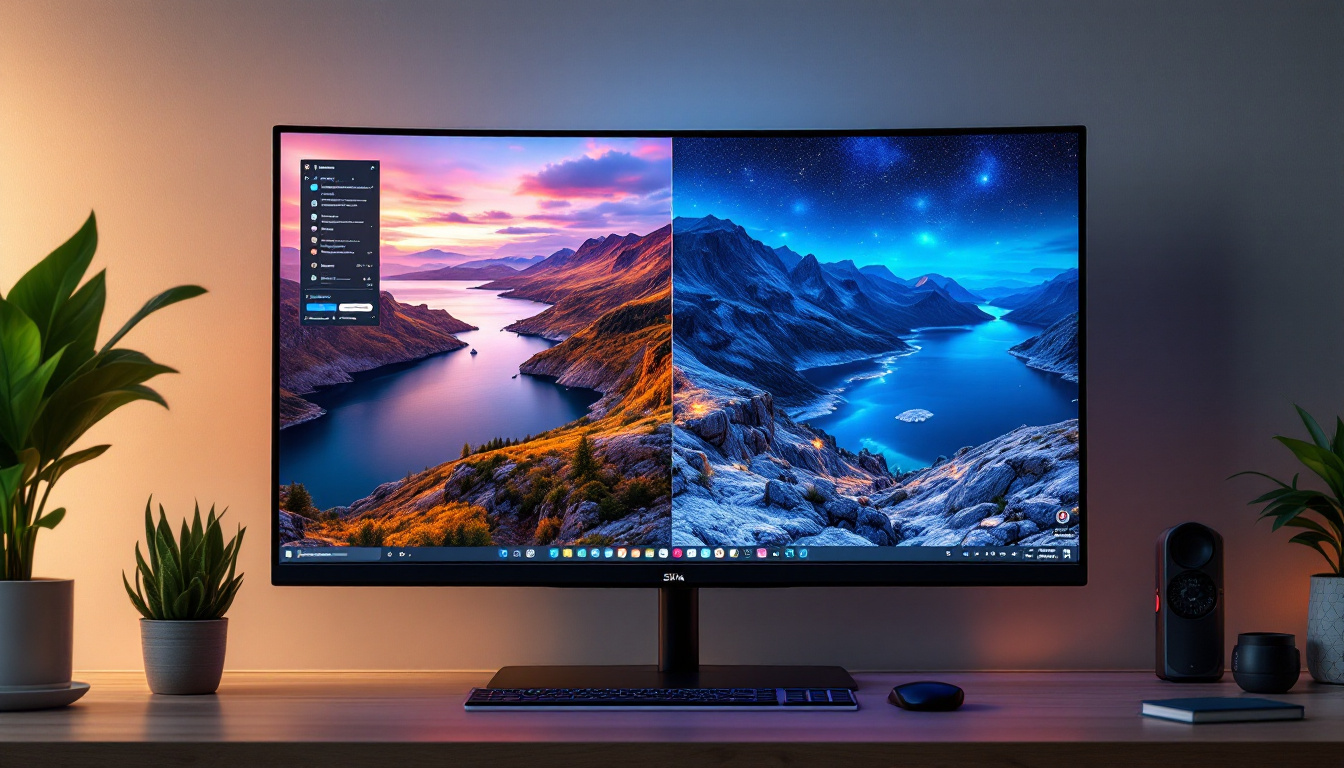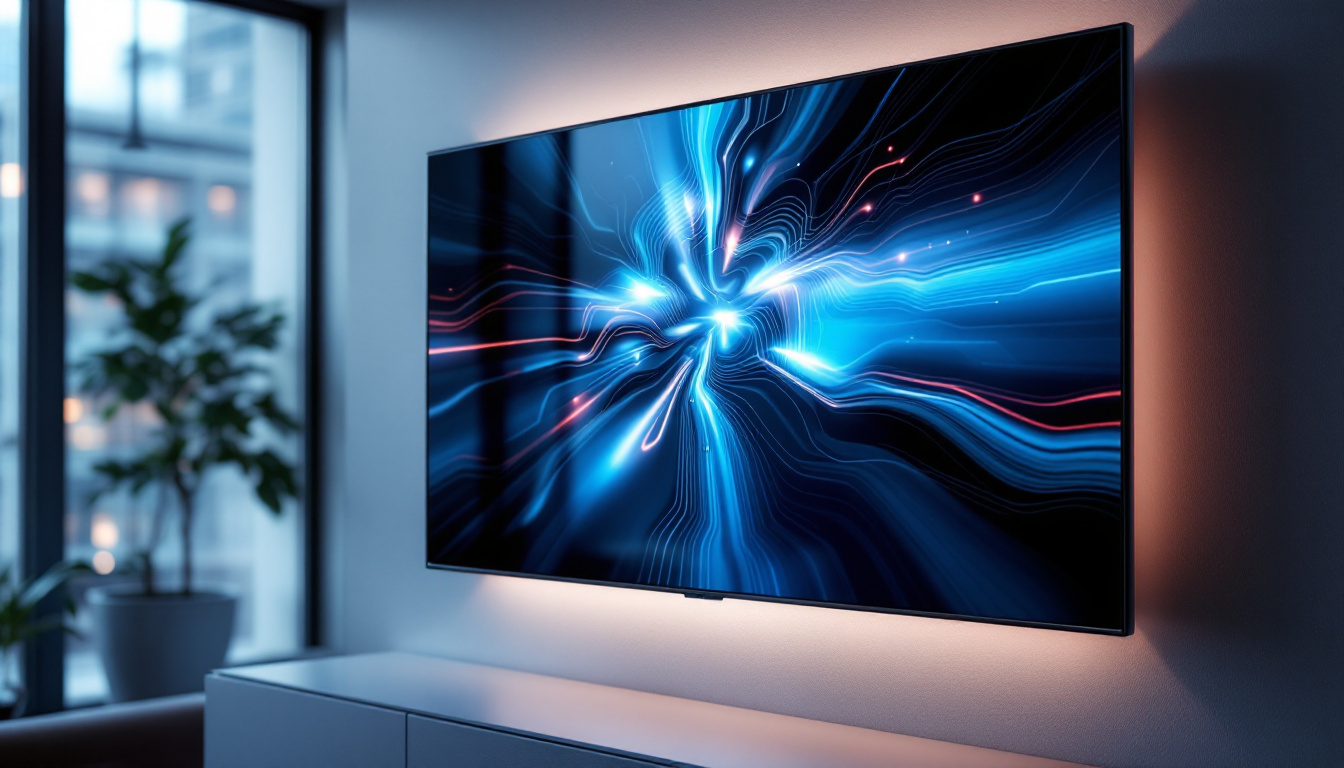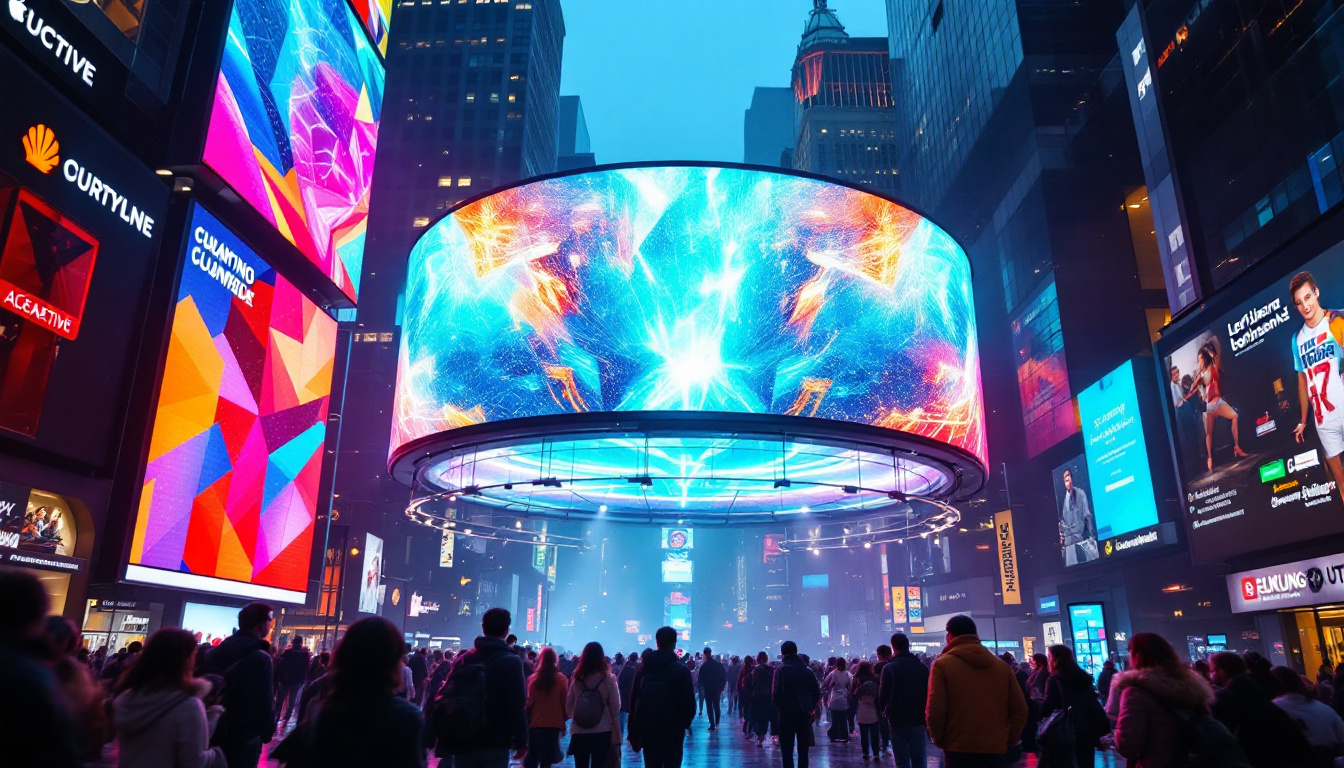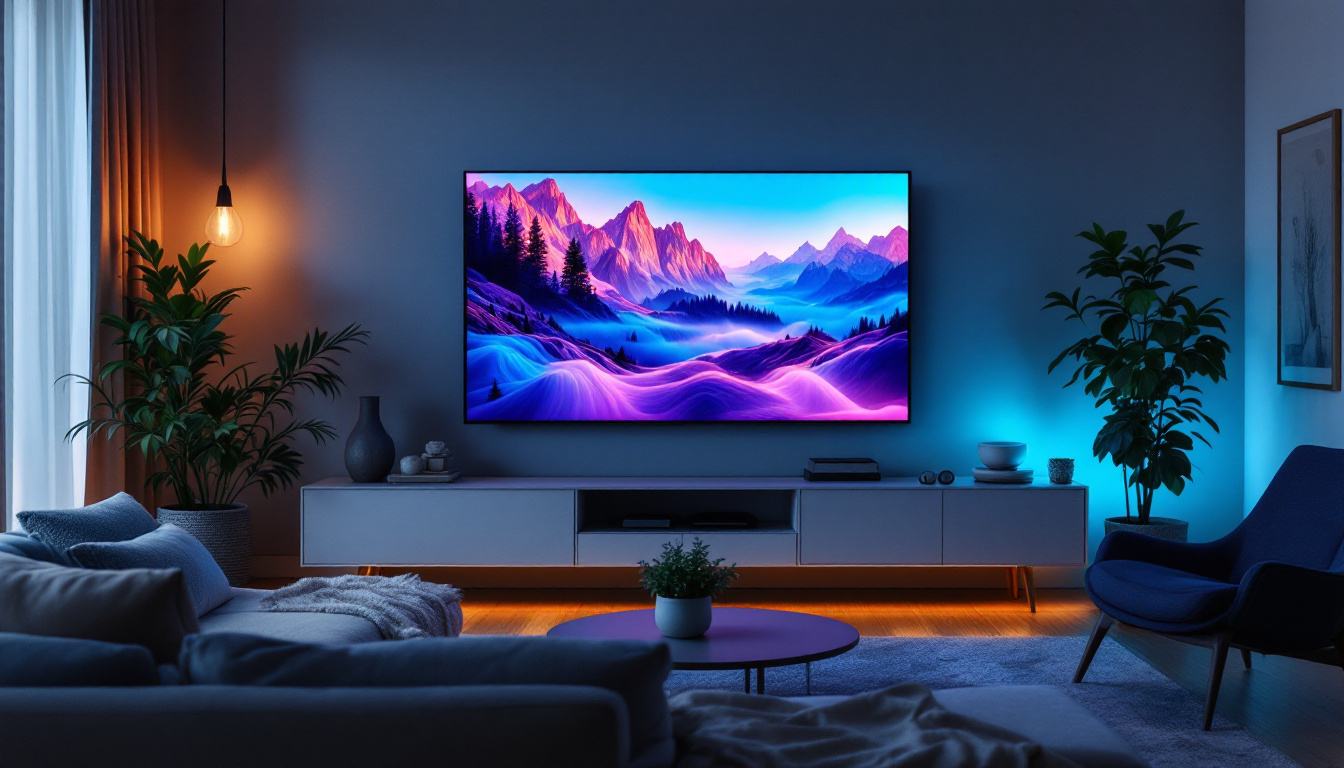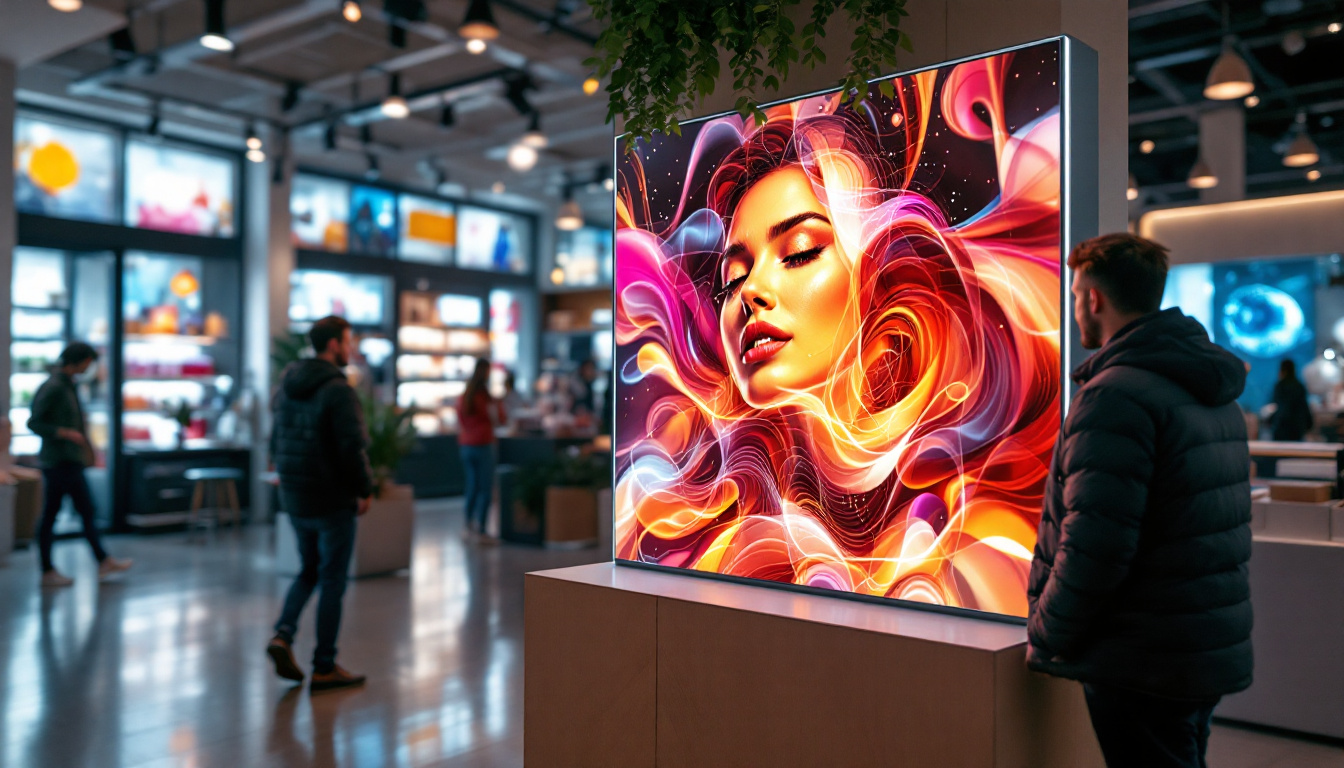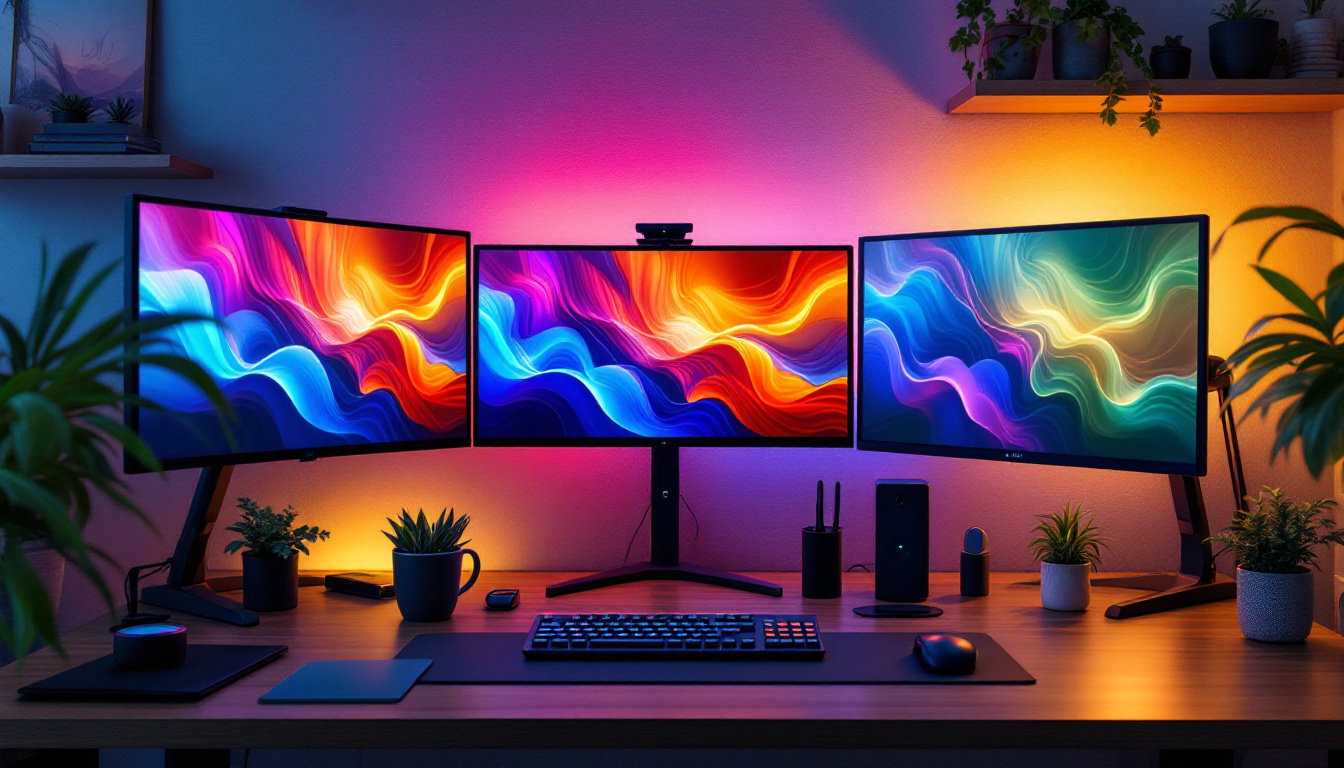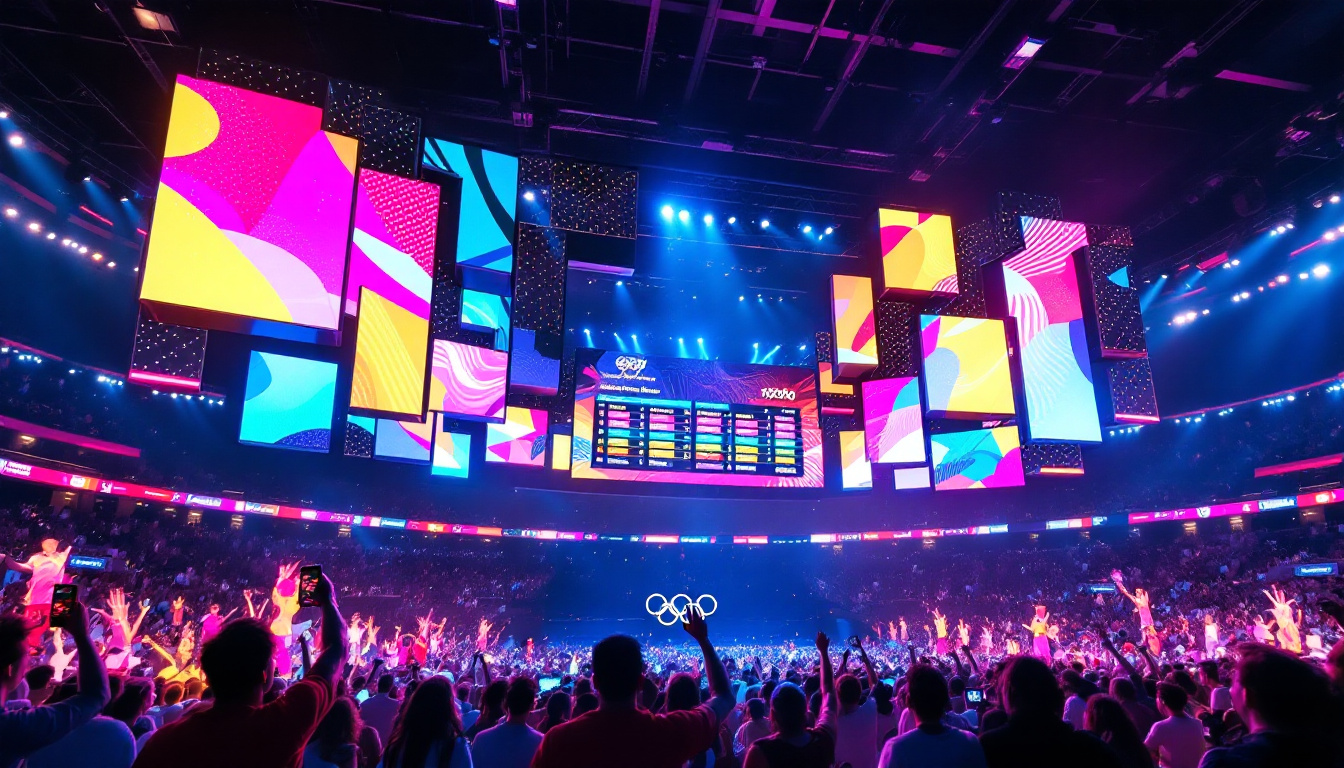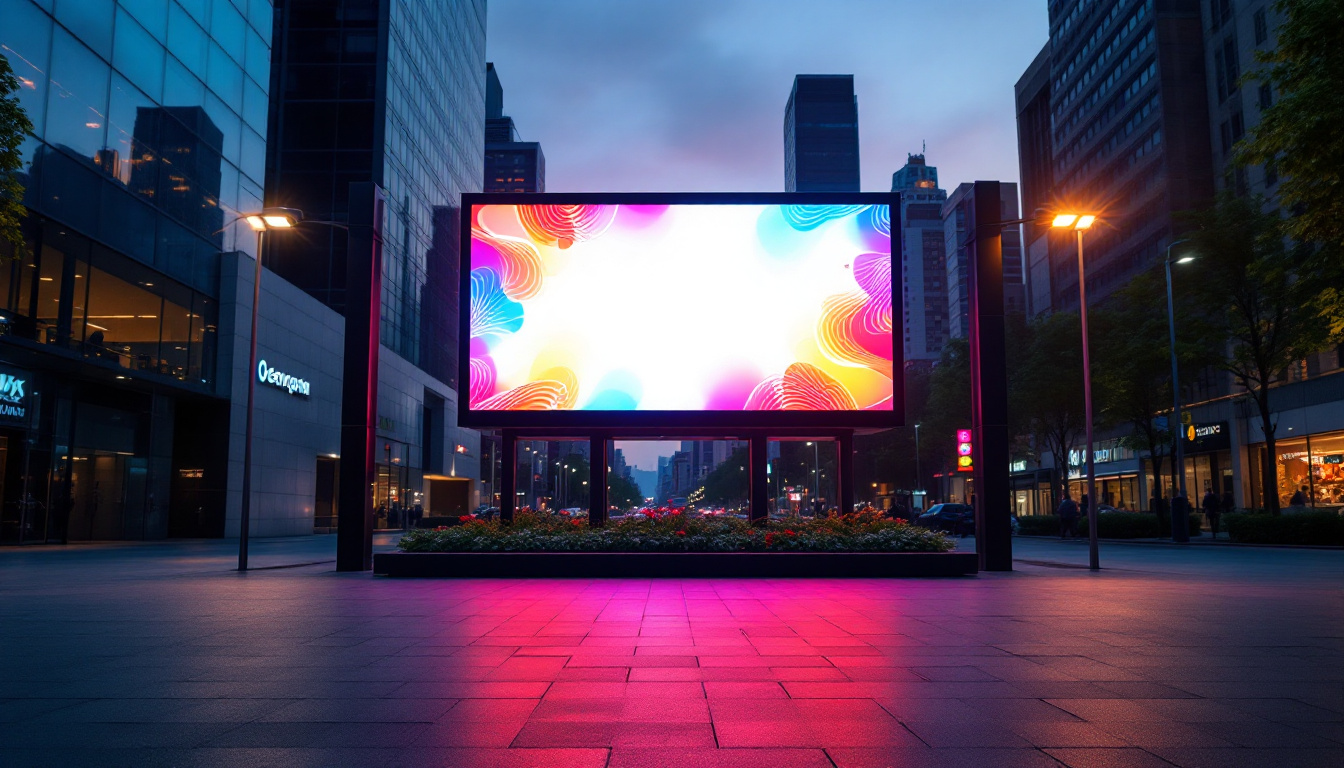Creating a media room that offers an immersive viewing experience is a dream for many entertainment enthusiasts. One of the key components in achieving this is selecting the right projector. With advancements in technology, LED projectors have emerged as a popular choice. This article will explore the best projectors for media rooms, focusing on LED display technology and its benefits.
Understanding LED Projectors
LED projectors utilize light-emitting diodes as their light source, providing several advantages over traditional lamp-based projectors. These advantages include longer lifespan, lower power consumption, and improved color accuracy. Understanding how LED projectors work is essential for making an informed decision when setting up a media room.
How LED Projectors Work
LED projectors operate by using a combination of red, green, and blue LEDs to create images. The light produced by these diodes is directed through a series of optical components, which include lenses and mirrors, to project the image onto a screen. This method allows for a more vibrant color palette and deeper blacks compared to conventional projectors.
Moreover, LED projectors often incorporate advanced technologies such as Digital Light Processing (DLP) or Liquid Crystal Display (LCD) to enhance image quality. DLP projectors use micro-mirrors to reflect light, while LCD projectors use liquid crystals to modulate light. Both technologies can benefit from the superior color reproduction of LED light sources. Additionally, some LED projectors utilize a hybrid approach, combining both DLP and LCD technologies to maximize image clarity and brightness, catering to a wide range of viewing environments.
Benefits of LED Projectors
One of the most significant benefits of LED projectors is their longevity. While traditional lamp-based projectors typically require bulb replacements every 2,000 to 5,000 hours, LED projectors can last up to 20,000 hours or more. This extended lifespan translates to lower maintenance costs and less hassle for users. Furthermore, this durability means that users can enjoy their projectors for years without worrying about frequent replacements, making them a more reliable choice for both home theaters and professional settings.
In addition to longevity, LED projectors are known for their energy efficiency. They consume less power than their lamp-based counterparts, making them an eco-friendly option. Furthermore, LED projectors often feature instant on/off capabilities, eliminating the warm-up time associated with traditional projectors. This feature is particularly beneficial in settings where quick setup and teardown are necessary, such as in classrooms or corporate presentations. The compact design of many LED projectors also contributes to their portability, allowing users to easily transport them for various events without sacrificing performance.
Choosing the Right LED Projector for Your Media Room
When selecting an LED projector for a media room, several factors come into play. These include resolution, brightness, contrast ratio, and connectivity options. Understanding these specifications will help in choosing a projector that meets specific needs and preferences.
Resolution Matters
Resolution is a critical factor to consider when choosing a projector. It determines the clarity and detail of the image projected. The most common resolutions for home theater projectors are 1080p (Full HD) and 4K (Ultra HD). For media rooms where high-definition content is frequently viewed, a 4K projector is ideal, as it offers four times the resolution of 1080p, resulting in sharper images and more detailed visuals.
However, 1080p projectors can still provide excellent performance, especially in smaller media rooms or for users on a budget. It’s essential to assess the type of content that will be viewed most often and choose a resolution that aligns with those needs. For instance, if you plan to watch a lot of sports or play video games, the higher frame rates and resolution of 4K can enhance the viewing experience significantly, making fast-moving action smoother and more immersive.
Brightness and Contrast Ratio
Brightness, measured in lumens, is another crucial factor in projector selection. A higher lumen count is essential for projecting images in well-lit rooms. For media rooms with controlled lighting, a projector with 1,500 to 2,500 lumens should suffice. However, for brighter environments, consider projectors with 3,000 lumens or more.
The contrast ratio, which measures the difference between the darkest and lightest parts of an image, also plays a significant role in image quality. A higher contrast ratio results in more vibrant colors and deeper blacks. Look for projectors with a contrast ratio of at least 10,000:1 for optimal performance in a media room. This ensures that even in scenes with subtle shading, the details remain visible, providing a more lifelike viewing experience. Furthermore, some projectors come equipped with advanced color technologies that enhance color accuracy and saturation, making them a worthwhile consideration for cinephiles who appreciate rich visuals.
In addition to brightness and contrast, it’s also important to consider the projector’s throw distance and lens shift capabilities. These features allow for flexibility in installation, enabling you to position the projector at varying distances from the screen without compromising image quality. For instance, a short-throw projector can be placed closer to the screen, making it ideal for smaller rooms where space is limited. Understanding these additional specifications can greatly enhance the overall setup and functionality of your media room, ensuring that you achieve the best possible viewing experience tailored to your space.
Top LED Projectors for Media Rooms
With numerous options available on the market, identifying the best LED projectors for media rooms can be overwhelming. Below are some of the top contenders that stand out due to their performance, features, and user reviews.
1. Epson Home Cinema 3800
The Epson Home Cinema 3800 is a versatile 4K PRO-UHD projector that delivers stunning image quality. With a brightness of 3,000 lumens and a contrast ratio of 100,000:1, it performs exceptionally well in both dark and well-lit environments. The projector supports HDR10 and has advanced color processing capabilities, making it ideal for movie nights and gaming sessions.
Additionally, the Epson Home Cinema 3800 features a wide range of connectivity options, including HDMI, USB, and wireless capabilities. This flexibility allows users to connect various devices, from gaming consoles to streaming devices, enhancing the overall media experience.
2. BenQ HT3550
The BenQ HT3550 is another excellent choice for a media room, offering 4K resolution and HDR support. With a brightness of 2,000 lumens and a contrast ratio of 30,000:1, it produces vibrant colors and sharp images. The projector is particularly well-suited for home theater setups, thanks to its CinematicColor technology, which ensures accurate color reproduction.
Moreover, the HT3550 features a lens shift function, allowing for flexible installation options. This projector is also equipped with multiple HDMI ports, making it easy to connect various devices for a seamless viewing experience.
3. ViewSonic PX747-4K
For those seeking an affordable 4K option, the ViewSonic PX747-4K is worth considering. This projector boasts a brightness of 3,600 lumens, making it suitable for both dark and bright environments. With a contrast ratio of 12,000:1, it delivers impressive image quality, especially for movies and sports.
The PX747-4K also features a long lamp life of up to 15,000 hours, reducing the need for frequent replacements. Its multiple connectivity options, including HDMI and USB-C, make it a versatile choice for various media devices.
Setting Up Your LED Projector
Once the right LED projector has been selected, the next step is to set it up correctly in the media room. Proper installation and configuration are crucial for achieving the best viewing experience.
Screen Selection
The choice of screen can significantly impact the overall image quality. A dedicated projector screen is recommended over a plain wall, as it is designed to reflect light more effectively. Screens come in various materials and finishes, each offering different benefits. For example, a matte white screen is ideal for most home theater setups, while a gray screen can enhance contrast in brighter rooms.
Consider the size of the screen in relation to the projector’s throw distance and the room’s dimensions. The ideal screen size typically ranges from 100 to 120 inches diagonally for an immersive experience. Ensure that the projector’s resolution matches the screen size to avoid pixelation and loss of image quality.
Optimal Viewing Distance
Determining the optimal viewing distance is essential for maximizing the viewing experience. Generally, the ideal distance is 1.5 to 2.5 times the diagonal size of the screen for 1080p projectors, while for 4K projectors, the distance can be closer to 1 to 1.5 times the screen size. This ensures that viewers can appreciate the detail without straining their eyes.
Arranging seating in a way that provides a clear line of sight to the screen while minimizing glare from windows or lights is also crucial. Consider using blackout curtains or shades to control ambient light in the media room.
Maintaining Your LED Projector
Proper maintenance of an LED projector is essential to ensure its longevity and optimal performance. Regular upkeep can prevent issues and extend the projector’s lifespan.
Cleaning and Care
Dust and debris can accumulate on the projector’s lens and filters, affecting image quality. Regularly cleaning the lens with a microfiber cloth and checking the air filters for dust buildup is advisable. Most projectors come with user manuals that provide specific cleaning instructions, which should be followed to avoid damage.
Additionally, ensure that the projector is placed in a well-ventilated area to prevent overheating. Overheating can lead to performance issues and shorten the projector’s lifespan.
Software Updates
Many modern projectors come with firmware that can be updated to improve performance and add new features. Regularly checking for updates and installing them can enhance the projector’s functionality and ensure compatibility with new devices.
Consult the manufacturer’s website for information on available updates and instructions on how to install them. Keeping the projector’s software up to date can also help resolve any bugs or issues that may arise over time.
Conclusion
Choosing the best projector for a media room involves understanding the technology, specifications, and features that contribute to an immersive viewing experience. LED projectors stand out for their longevity, energy efficiency, and superior image quality, making them an excellent choice for home theaters.
By considering factors such as resolution, brightness, and contrast ratio, along with proper setup and maintenance, users can create a media room that delivers stunning visuals and an enjoyable atmosphere for movie nights, gaming, and more. With the right LED projector, transforming a space into a cinematic experience is entirely achievable.
Discover the Future of Visual Experience with LumenMatrix
Ready to elevate your media room with the latest in LED display technology? Look no further than LumenMatrix, where innovation meets excellence. Our diverse range of LED display solutions, from Indoor LED Walls to Custom Displays, is designed to transform your space into a captivating visual journey. Whether you’re hosting movie nights or gaming sessions, LumenMatrix provides the cutting-edge technology that ensures every moment is immersive. Check out LumenMatrix LED Display Solutions today and step into the future of vibrant, dynamic visual experiences.

